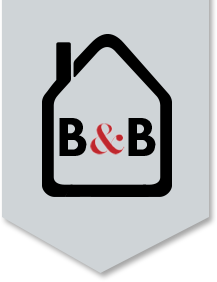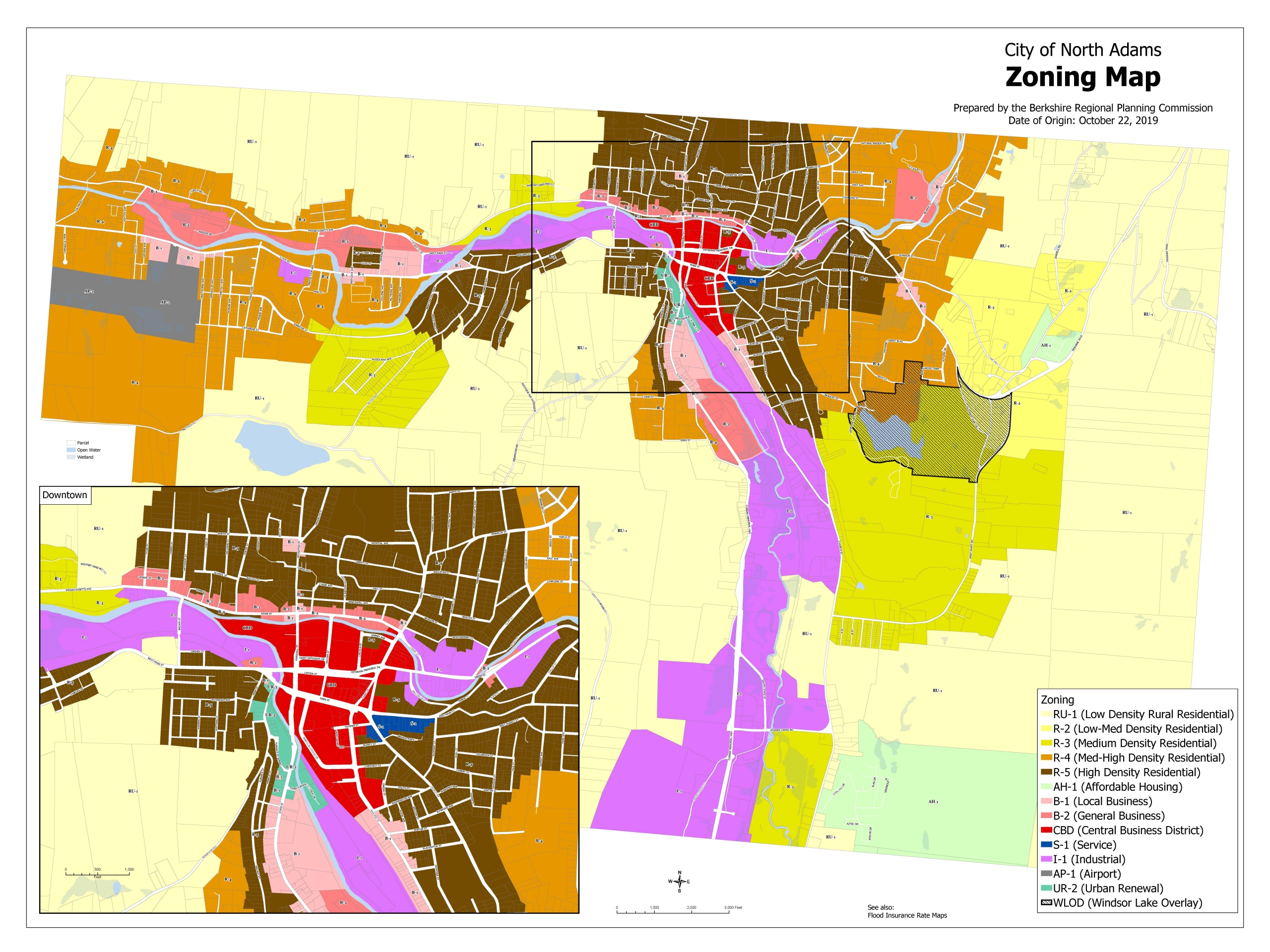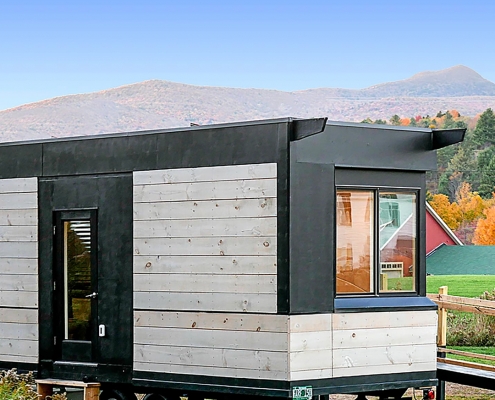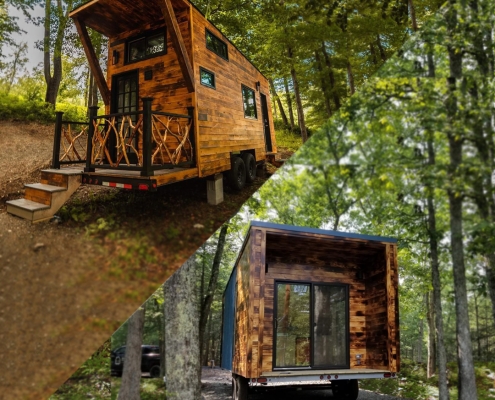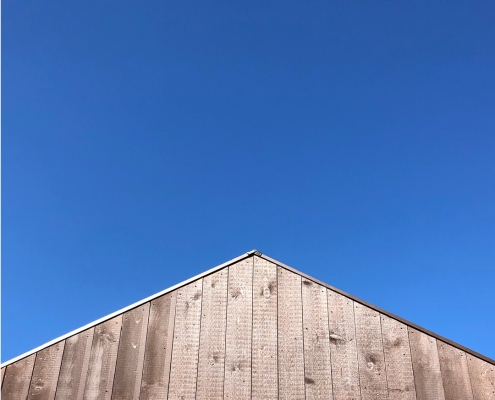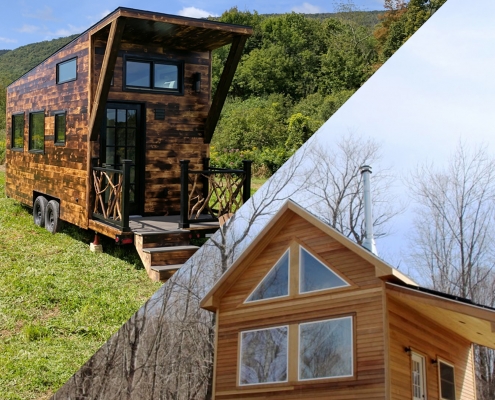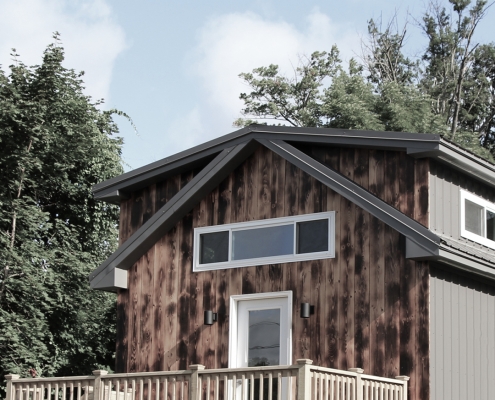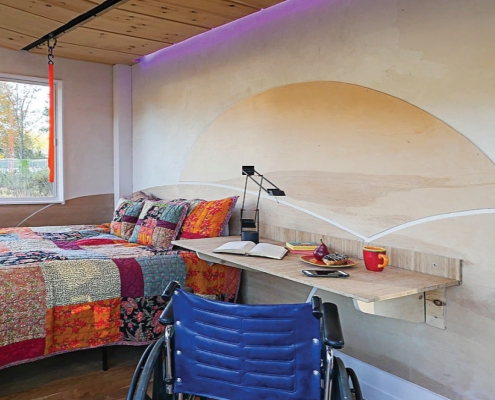ZONING
What is Zoning?
Zoning codes pertain to what types of uses municipalities (cities and towns) allow and where.
Often a city or town has several different zones and each zone has different rules. Zoning bylaws are decided by the zoning board of a city or town and can be amended to better fit the needs of the municipality. Zoning boards have meetings that are open to the public, where its citizens can share their concerns, get clarification on what is allowed to be built, and request a change to the zoning bylaws to improve their town or city.
History of Zoning
First adopted in 1916 in New York City.
“The first comprehensive zoning code in the United States was New York City’s 1916 Zoning Resolution, which came amid concerns that new skyscrapers like the monolithic, 41-story Equitable Building were blocking light and air from the streets. The 1916 rules required new towers to become narrower as they grew taller, resulting in the “wedding-cake” setbacks seen in iconic skyscrapers like the Empire State and Chrysler buildings.” (Schnieder, 2019)
Euclid v Amber 1926
“In 1926, the U.S. Supreme Court heard the case Village of Euclid v. Ambler Realty Co. and decided in favor of Euclid, Ohio’s power to dictate land use. This affirmed that municipalities had the constitutional authority to regulate which uses could go on which parcels and other aspects of buildings on private property.” (Schnieder, 2019)
This gave birth to what we now know as;
Euclidean Zoning
Which is the current method of zoning that the United States has been following since its birth in 1926
Types of Zoning
Residential: Single & Multi-Family Homes
Commercial: Providing consumers with goods and/or services. Such as Retail, Food, Offices, ETC.
Industrial: Factories & Warehouses
Institutional: Schools
Agricultural: Farms
Open Space: Public Parks, Parking Lots, Etc.
The Map
“Each piece of land has a single, specifically allowed use … On a zoning map, different land-use types are indicated by different colors, and the density or intensity of development is shown by darker and lighter shades.” (Schnieder, 2019)
Districts of each category are scattered throughout and are not usually confined to one area. As such you will, for example, see a number of yellow/orange/brown districts (residential) throughout the entirety of the map. This also enforces different zones to interact with one another, for example placing restaurants and convenient stores closer to residential areas. While industrial zones are typically placed at a further distance from residential districts, due to health and safety reasons.
Overlays: These maps are complex in their design oftentimes resulting in overlays, where two categories of zones merge into one. Such as a multi-family residential building with retail on the first floor, which would be considered as both residential and commercial. (see the Windsor Lake Overlay in the above North Adams map)
The Regulations
“They describe what uses are permitted in each zoning district and then a set of requirements for the physical layout of buildings, parking, sign regulation, or other physical structures and elements on the land.” (“How Zoning Regulations Work”)
The zoning map and written regulations work in tandem with one another. The map provides a visual representation of each distinct in relation to the other, while the regulations are laid out in a written and organized document. Providing thorough and detailed answers to how each zone is regulated.
Pros & Cons of Zoning Regulations
Pro:
As stated in the article “Zoning 101: What You Need to Know Before You Buy” by LandCentral in 2018;
- Protects and enhances property value.
- Conserves existing neighborhoods.
- Preserves existing structures.
- Prevents the mixing of incompatible land (think strip club next to a preschool).
- Provides better lot arrangement, protecting recreational areas and open spaces.
- Protects environmentally sensitive areas.
- Determines the location of utilities.
- Restricts height and size of buildings (so everyone gets enough space).
- Ensures the availability of an adequate number of parking spaces.
- Guarantees adequate light, air, and privacy to new and existing homes.
- Gives the community some control over its land uses, appearance, and quality of life.
Con:
“However, Euclidean zoning has also exacerbated segregation issues, limited housing supply, and encouraged urban sprawl. Restrictions on minimum lot sizes, strict building codes, and other elements of Euclidean zoning have increased housing costs, limited new housing construction, worsened affordability issues, and increased the inequality divide in urban areas.” (Watsky, 2018)
While zoning can provide many health and safety regulations for its citizens it can also hinder many innovative ideas. Tiny houses being one of the most prominent in today’s society. Many municipalities still do not allow tiny structures of any kind, some allow small houses that follow Appendix Q building code, while others allow all types of tiny structures. However, with more and more individuals adopting the tiny lifestyle, there is hope that in the future every city/town will allot zones specifically for tiny structures.
Zoning can also have a negative effect on our society with how we separate the desirable from the undesirable. Many poor individuals end up living in residential zones that are directly next to industrial zones, putting them in situations where their health and safety are at risk. While we allow more room for the wealthy to inhabit the ‘desirable’ districts further away. This very problem has been a discussion since zoning regulations were brought to fruition in 1926. However, ideas like tiny living, provide a monumental solution to filling this gap with small, sustainable, and affordable housing.
How to CHECK the zoning near you
Zoning codes for many municipalities can be found on your town’s website or on ecode360.com
If you can’t find any info on tiny houses in the town’s zoning but would like to know whether a tiny house on wheels or on a foundation would be legal to live in full-time, send a quick email to your town’s building inspector or zoning board (you can find their contact info on your town’s website).
Zoning boards generally have regular meetings that are open to the public, where the public can share their concerns, get clarification on what is allowed to be built, and request a change to the bylaws to improve their municipality.
How to CHANGE the zoning near you
If tiny houses are not currently included in the zoning bylaws, your zoning board will be able to advise you whether it’s worth pursuing a change to the bylaws. Generally, this process takes a while, and the board will guide you through it. You don’t have to be an expert to request a change, just an interested citizen! Be prepared with knowledge of how having tiny houses would help your town or city.
Sources:
“A Practical Guide to Understanding Zoning Laws”. Property Metrics. 03.06.2017. https://propertymetrics.com/blog/zoning-laws/
“How Zoning Regulations Work”. Useful Community Development. https://www.useful-community-development.org/zoning-regulations.html
Roberts, Tobias.“Tiny House Zoning and Regulations: What You Need to Know”. Build With Rise. 03.21.2018. https://www.buildwithrise.com/stories/tiny-house-zoning-and-regulations-what-you-need-to-know
Schnieder, Benjamin. “CityLab University: Zoning Codes”. City Lab. 08.06.2019. https://www.bloomberg.com/news/articles/2019-08-06/how-to-understand-municipal-zoning-codes
“Zoning 101: What You Need to Know Before You Buy”. LandCentral. 05.07.2018. https://blog.landcentral.com/before-you-buy-land/zoning-101-what-you-need-to-know/#.X5rKB4hKjZs
Watsky, Rachael. “The Problems with Euclidean Zoning”. Boston University. 07.19.2018. http://sites.bu.edu/dome/2018/07/19/the-problems-with-euclidean-zoning/
LEARN MORE:
